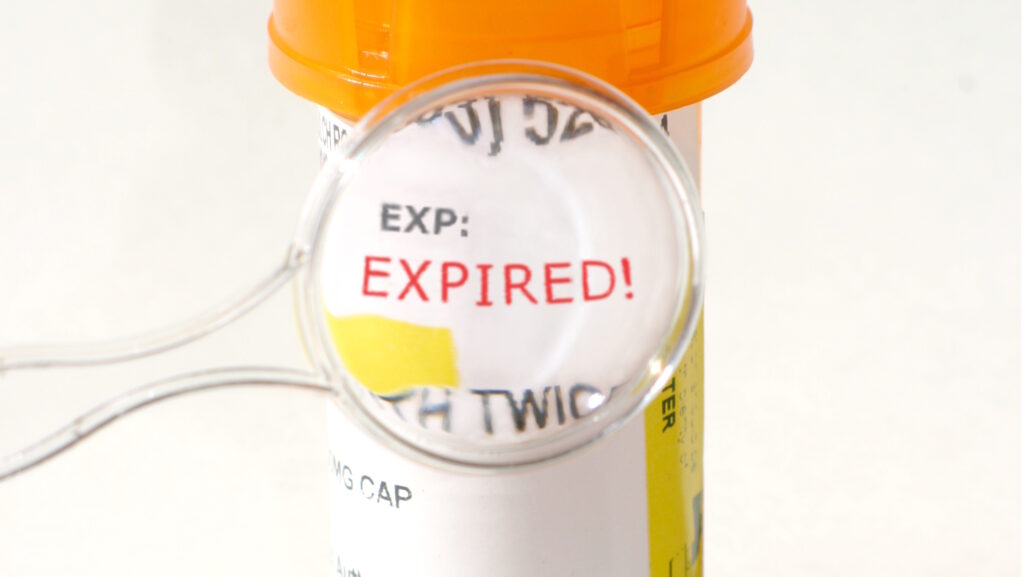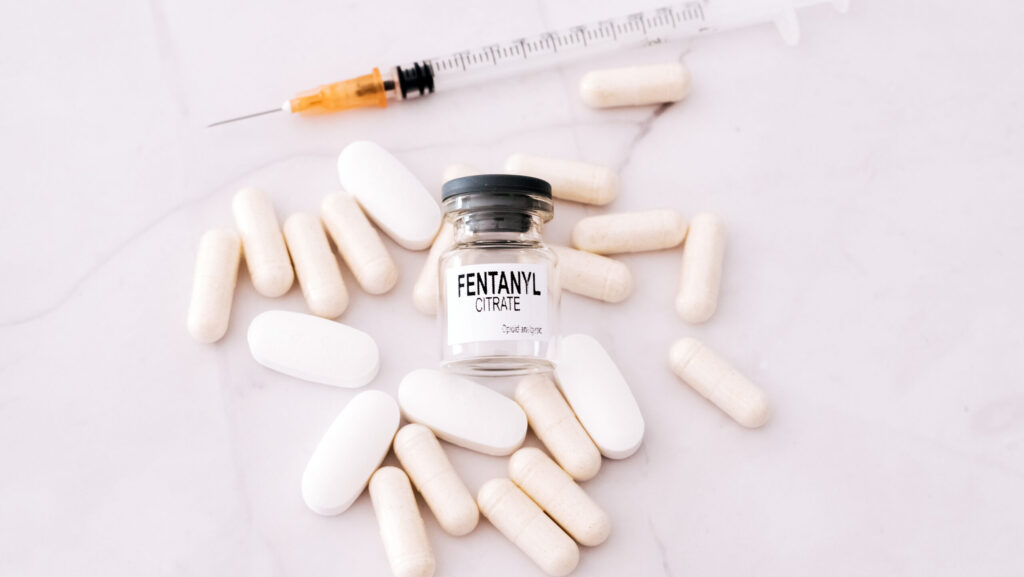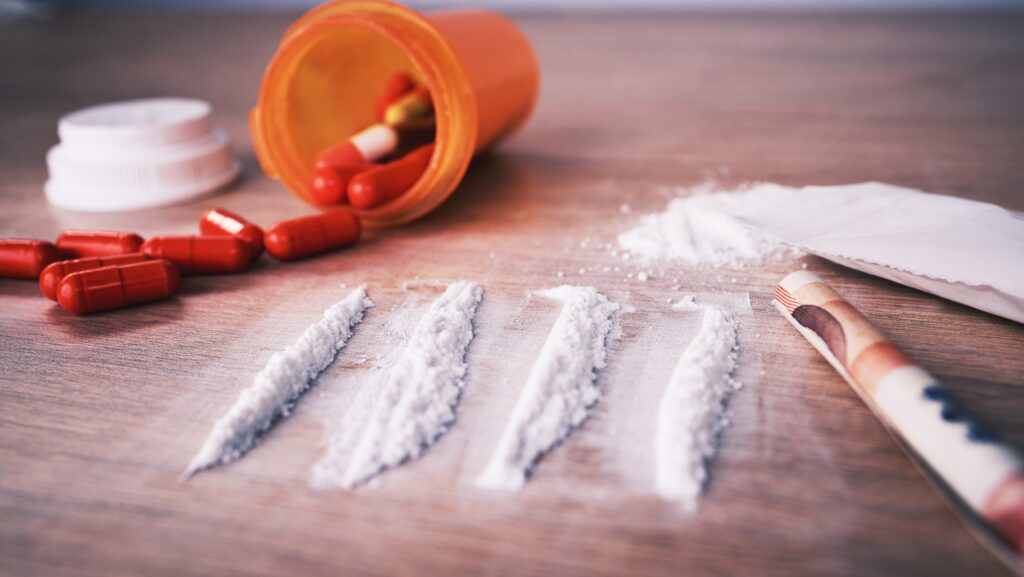How to come down from a Cocaine High
Cocaine is a powerful central nervous system stimulant that prompts the brain to artificially elevate dopamine levels in the body. The Schedule II controlled substance is derived from the coca plant native to South America and holds a high risk for abuse and addiction. Cocaine produces brief but intense initial feelings of euphoria, pleasure and increased energy. Once these effects begin to wear off, the body reacts to the sharp decline in dopamine, which can result in the development of uncomfortable negative symptoms. This is often referred to as a cocaine comedown.
How to come down from a Cocaine High Read More »










